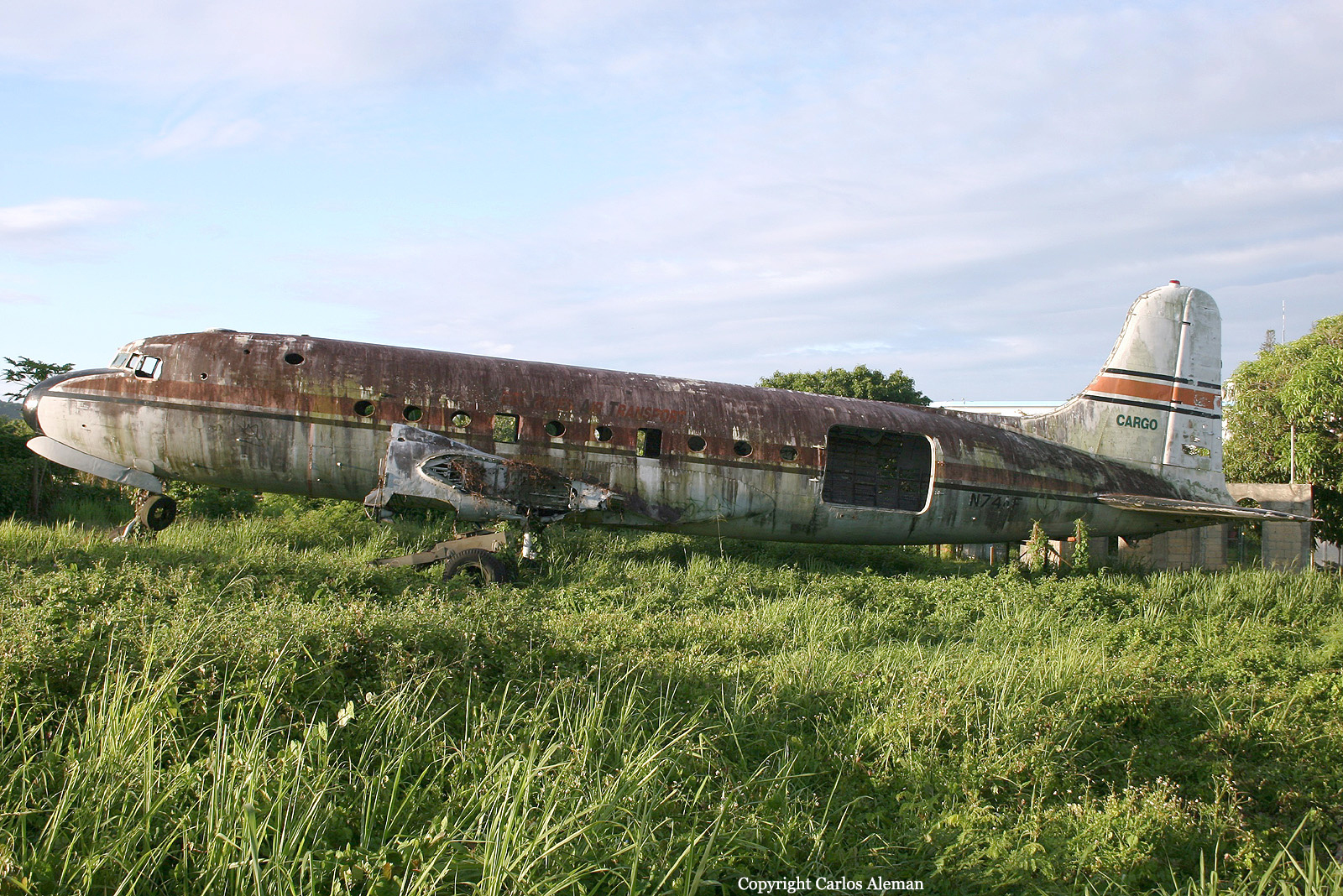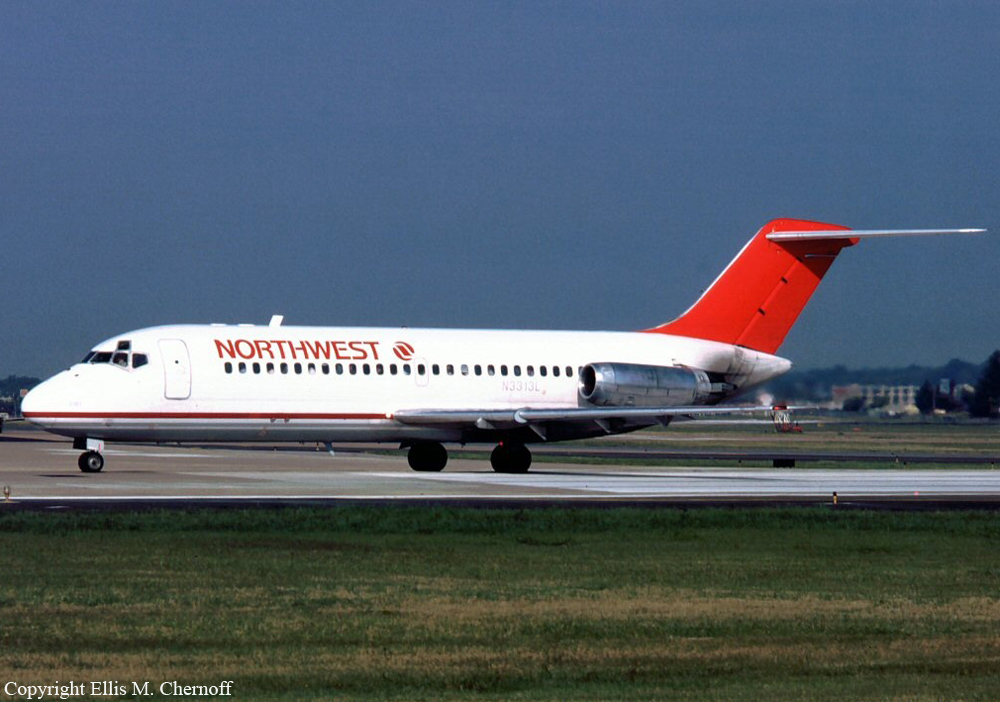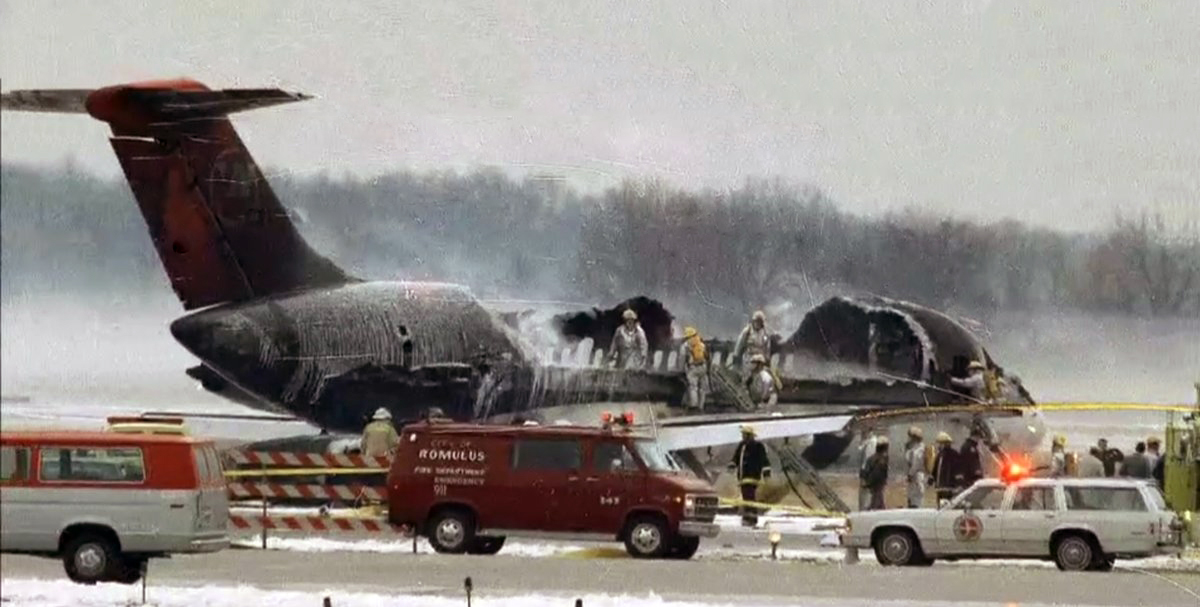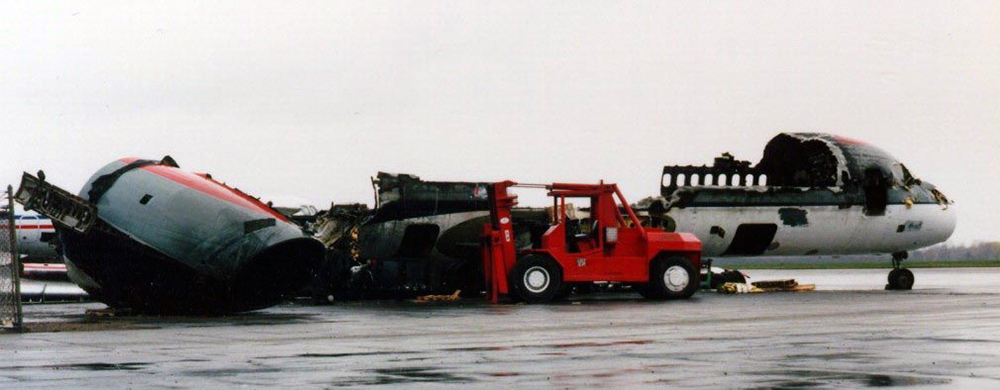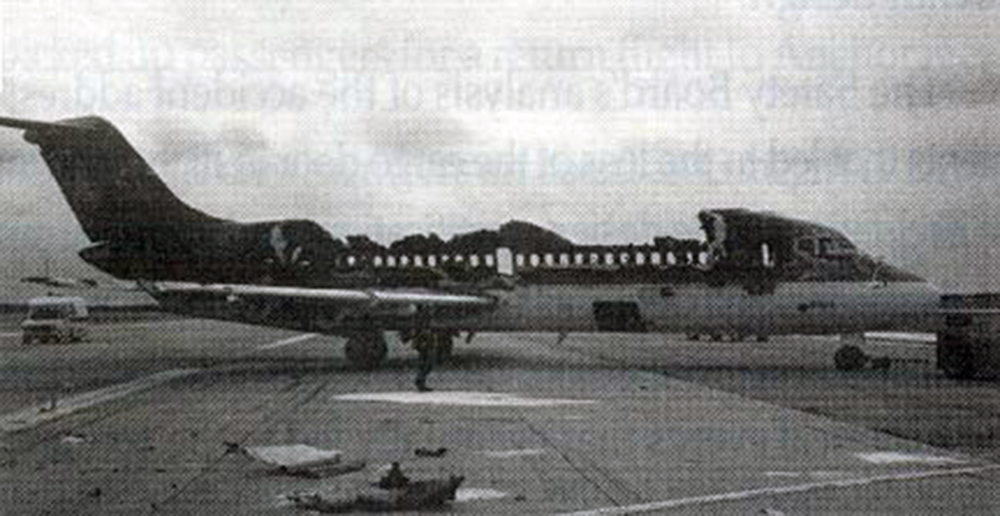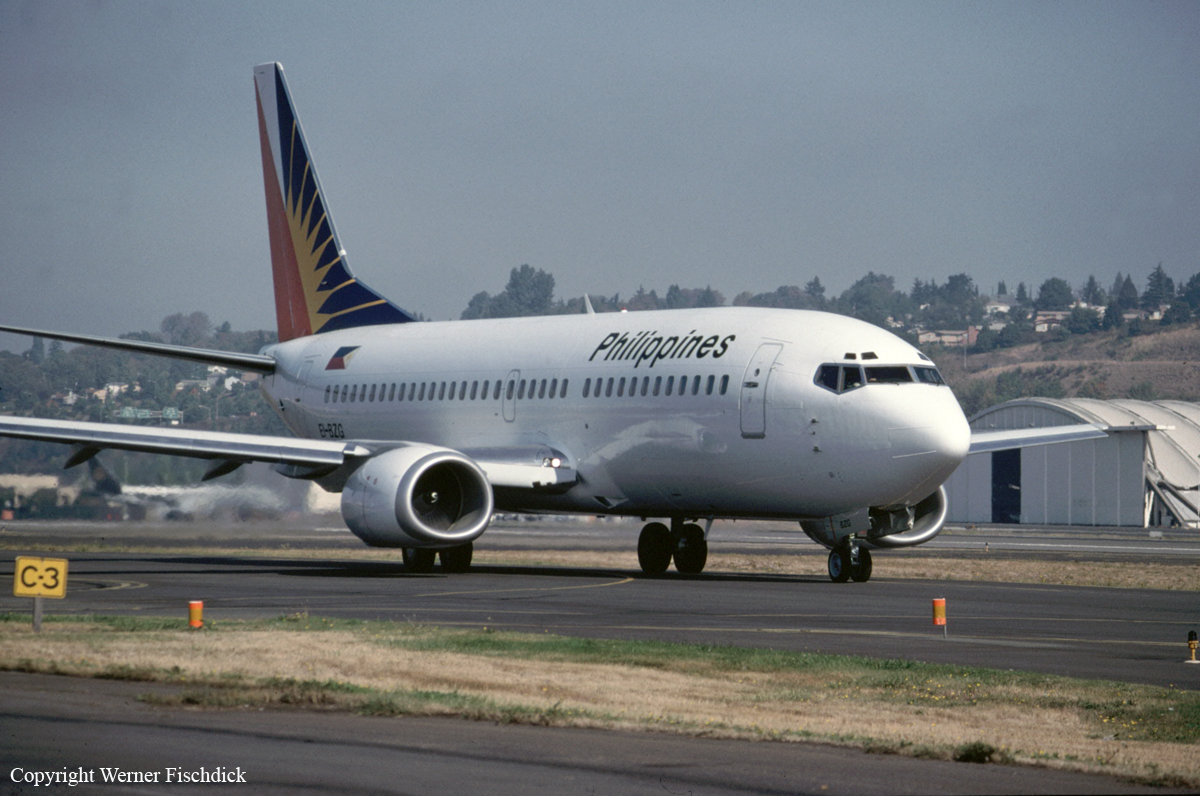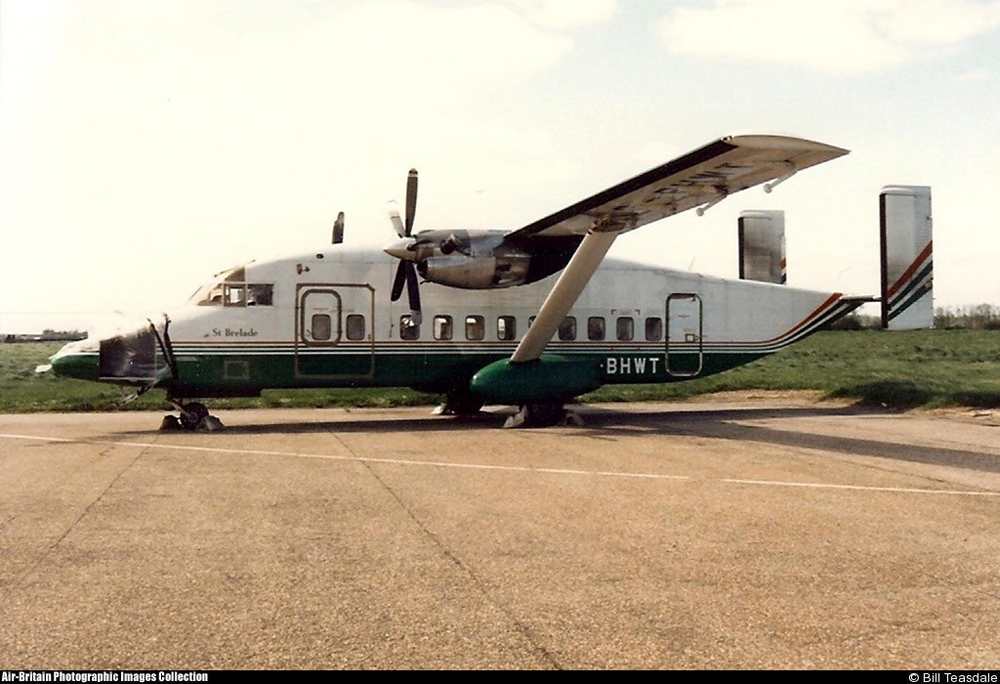Crash of a Douglas C-54Q Skymaster in Aguadilla
Date & Time:
Feb 3, 1992
Registration:
N74AF
Survivors:
Yes
MSN:
22199
YOM:
1945
Crew on board:
1
Crew fatalities:
Pax on board:
0
Pax fatalities:
Other fatalities:
Total fatalities:
0
Circumstances:
The pilot, sole on board, was transferring the aircraft from a parking space to another one at Aguadilla Airport. While on a taxiway, the aircraft suffered hydraulic problems. The pilot lost control of the airplane that collided with a parked Lockheed L-1049H Super Constellation operated by Aerolineas Mundo (AMSA) and registered HI-542CT. The C-54 continued and eventually came to rest in a ditch. The pilot was uninjured while both aircraft were damaged beyond repair.
Probable cause:
Loss of control during taxiing following hydraulic problems.
